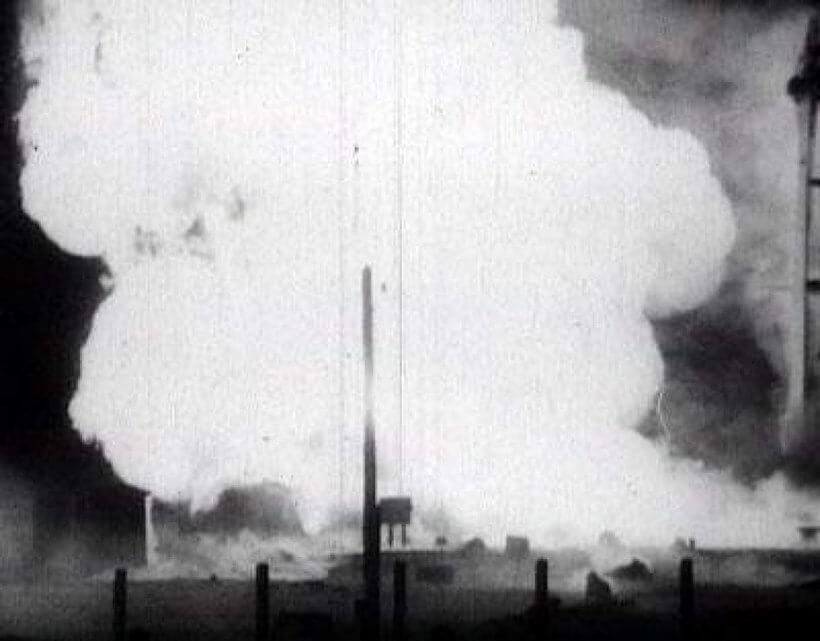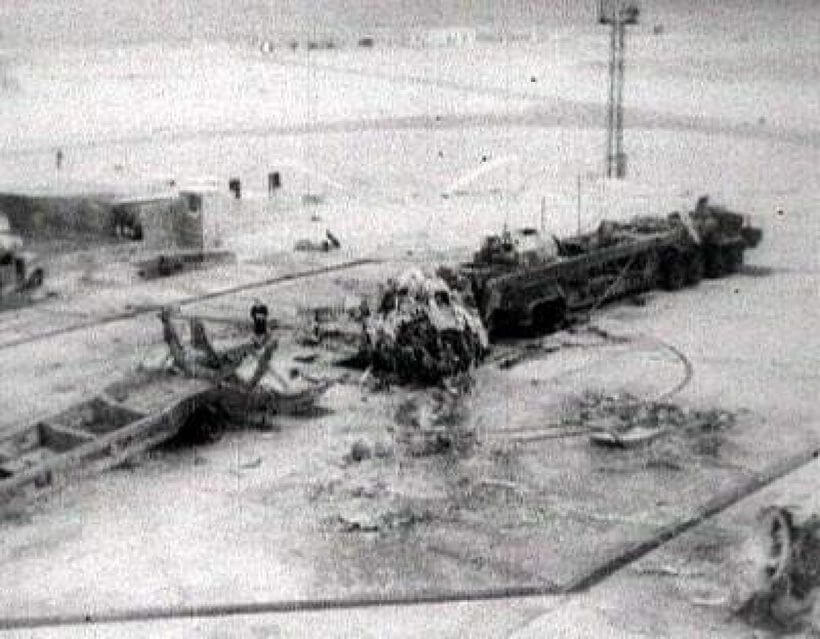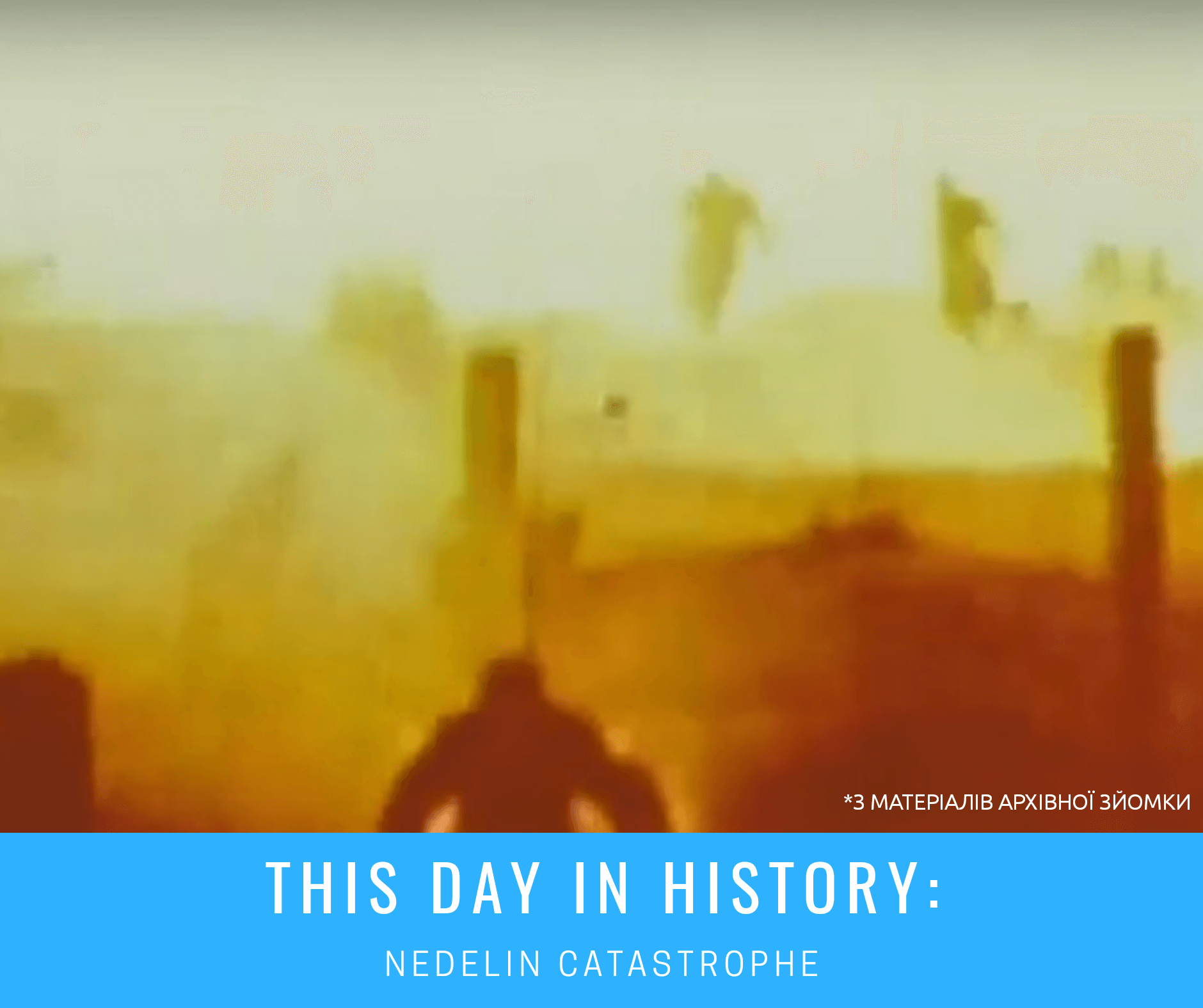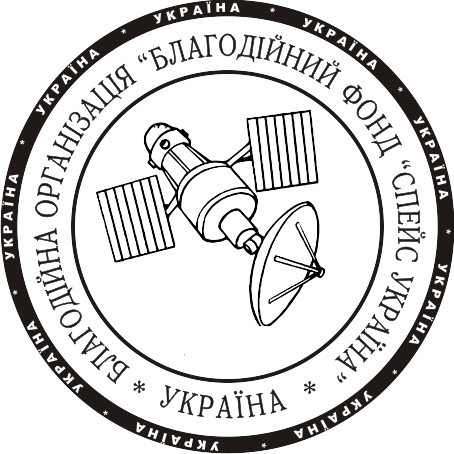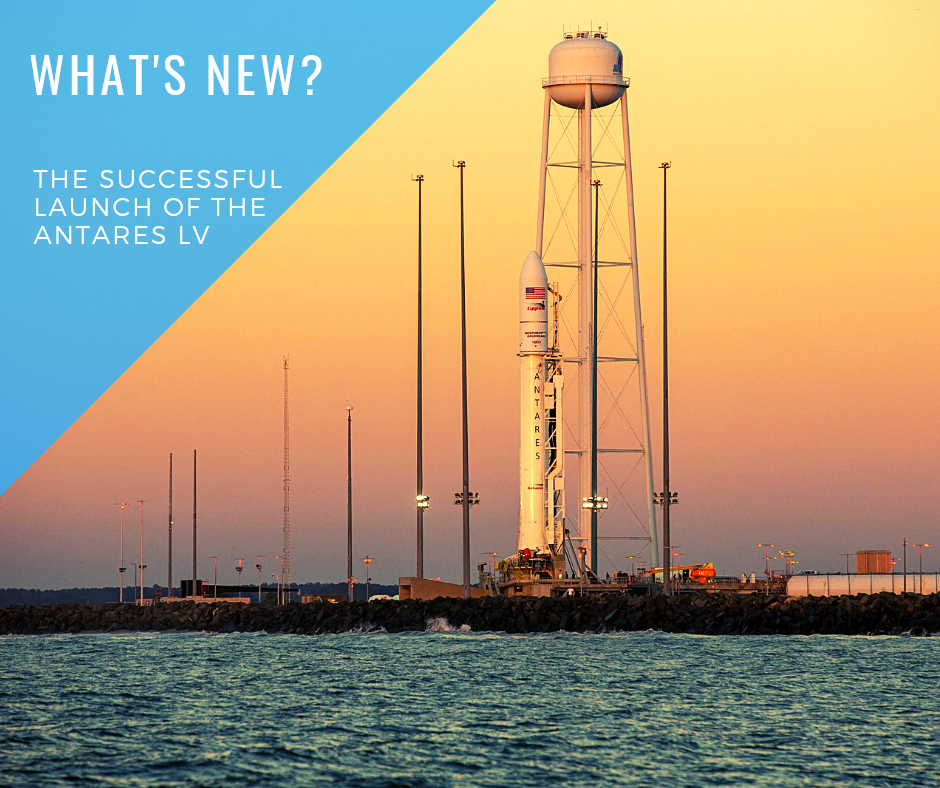Rocket engineering is one of those industries in which work is proceeding according to its predetermined schedule, rockets launch their launch both in hot and cold weather, on public holidays and on church holidays. But at the Baikonur cosmodrome there is a day when the rockets do not start, on that day all launch sites freeze. This day is October 24th.
Exactly 60 years ago, a terrible accident occurred at the cosmodrome, as a result of which, according to various sources, from 92 to 126 people died, among the dead was the commander-in-chief of the Strategic Missile Forces, Chief Marshal of Artillery M.I. Nedelin.
At that time, the Baikonur cosmodrome was called test site No. 5 of the USSR Ministry of Defense.
In 1960, an R-16 intercontinental ballistic missile was to be launched from Baikonur. This newest rocket has not yet been tested, the launch was the first. The rocket was hastily prepared for launch due to the tense situation that was at that time between the USSR and the USA. At that time, the United States was leading in the arms race. Just two weeks earlier, on October 8, the Americans successfully launched an Atlas ICBM with a range of 15,000 km. This was regarded by the Soviet Union as an immediate threat. In addition, the United States at that time had about 6 thousand nuclear weapons, while the USSR had only 300.
As for the missiles, in the USSR there was only one missile that could guaranteed to reach the territory of the United States – this is the R-7, 4 launch complexes were built for it. NATO had 40 ICBMs near the borders of the Soviet Union. Therefore, Soviet rocket scientists literally spent the day and slept in the design bureau, workshops and assembly buildings. It was necessary to urgently ensure parity in the means of delivery of nuclear weapons. It is for this purpose in Dnepropetrovsk, under the leadership of Yangel, that the new R-16 ICBM was developed as part of the corresponding missile system.
On October 21, the rocket was taken to the launch site and installed on the launch pad. One of the distinguishing features of the rocket was that it could be fueled for a whole month. Refueling was carried out with highly toxic and aggressive fuel components: amyl and heptyl.
It was originally planned to launch the rocket on October 23, but a number of tests, tests and equipment adjustments delayed the launch by a day. Everyone was nervous and in a hurry, they wanted to report their success for the upcoming holiday – the anniversary of the 1917 revolution.
On October 24, thirty minutes before the scheduled launch, an unauthorized launch of the second stage of the R-16 took place, as a result of which the first stage tanks were destroyed and the propellant components exploded. The disaster resulted in a large number of victims. As the state commission later established, the reason for the disaster was the insufficiently clear organization of prelaunch work and serious violations of safety measures.
An eyewitness who happily survived this tragedy works at YUZHMASH. Vladimir Ivanovich Kukushkin was close to the epicenter of the disaster and shared with us his memories of this terrible accident.
I was there. He stood not far from Nedelin, examining his shoulder straps. I was young then and could not understand how it is possible to have golden shoulder boards? His shoulder straps were embroidered with gold thread, yet there was a marshal. At that time I was 29 years old, very young. I headed the sector for pneumohydraulic systems, for all missiles, from the R-12 to the R-16 and R-18. Therefore, I stood there on the 24th of October 1960. During the tragedy, Nedelin was sitting on a chair, behind him was a small barrier, it was the roof of a bunker. And as soon as the roof ended, there was a passage from the rocket, I passed through this passage and it was convenient for me to look at the shoulder straps from the side. I stood and looked at the shoulder straps and at that time the second stage worked. At the moment of the explosion, Nedelin was pushed to the wall, and the blast wave blew me away and dragged quite a few meters along the sand, as if I wouldn’t say now. I didn’t have time to catch fire, although the boots, trousers and jacket shrank from the heat, and when you touched the fabric, it burst. I was close to the fire, but I was lucky. I jumped up and ran, then the explosion thundered again, it was already fire from the first stage. The second stage burned through the first stage, it collapsed and from it there was a heat explosion of enormous force. The explosion was not sharp, but rather smooth. The combustion of the two components of the fuel gave not an explosion, but a powerful combustion. And I was thrown even further away, and this is how I was saved.
By the way, I smoked at that time. I went to smoke, Yangel saw me and said: “Listen, well, I smoke, okay … And what are you doing here? Go to the place. ” So I went. He came up and at that time this explosion thundered. I was thrown back, Nedelin burned out.
The next day I was the first to be summoned to the commission. The investigation commission was headed by Leonid Vasilyevich Smirnov, the former director of the plant, he then headed the military-industrial commission. And everyone who survived was summoned to describe what they saw and heard and felt. It was necessary to understand what happened, you cannot immediately determine the cause. And to determine the cause, you need to understand where it all started. Since I was often at starts, I realized that the engine had started, although it could not start in any way, and the second stage engine had started. And it started only because in the first stage, unlike the second, all the elements that take part in the engine’s operation are blocked until you press the rotary key to start. And in the second stage, it starts up already at the top, they were removed. Why put them if all the teams go during the flight? That is, instead of the first stage, the second stage started, but it should not have started in any way. But due to the fact that there was a failure of some elements, they decided to scroll through a hand device and see if the current passes or does not pass. And with this scrolling in the second stage, the shells of the membranes separating the fuel components from the engine worked, but the engine still should not have started. Because in order for it to start, it is necessary for the turbine to work, which will drive the fuel components into the combustion chamber. In order for it to work, it was necessary for the gas generator to work, that is, the circuit was done correctly, but there were no blockages that were in the first stage. But what was done in the second stage, it was done correctly, it in no way envisaged that these checks would begin on the ground. By no means was this allowed, and here they made this check.
Youth still takes its course and this terrible, tragic incident did not make me quit rocket building science, after that there were more tests and launches.
The history of rocketry knows many accidents and disasters, including those with human losses, including at Baikonur. But on October 24, 1963, exactly three years after the nedelin disaster, as it was called by the name of the deceased Marshal Nedelin, another disaster occurred at Baikonur due to a fire in the R-9A ICBM launcher silos. Seven died. Since then, there have been no launches on this day, and the day of October 24 itself became a day of remembrance for all those who died during outer space exploration.
